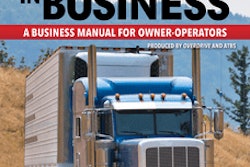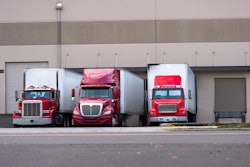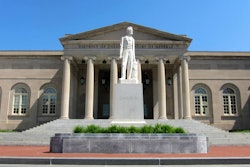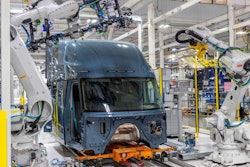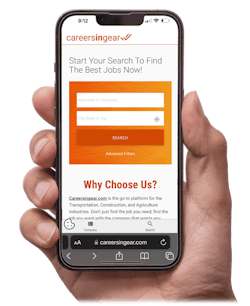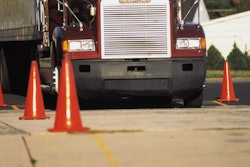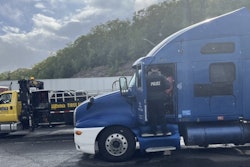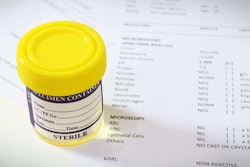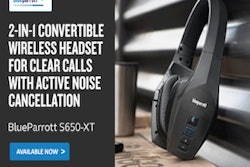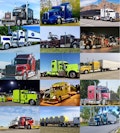President Donald Trump's immigration crackdown has hit trucking, with his administration reporting finding “illegal aliens” with CDLs in truck driving jobs, and now the Department of Homeland Security has responded to Overdrive’s big question:
How exactly do “illegal” immigrants get CDLs?
Police in September were shocked when a three-day immigration raid on I-40 in Oklahoma found 90 CMV drivers not in the country legally. DHS has vowed to work with DOT to “prevent illegal aliens from obtaining” CDLs and stated that two drivers, Harjinder Singh and Anmol “No Name Given” were in the country illegally.
[Related: ICE and Oklahoma's I-40 raid: Trump's immigration crackdown sets sights on trucking]
But Overdrive has reviewed CDL credentialing policies in all 50 states, releasing this 20-plus-page report detailing which states do and don't issue non-domiciled CDLs to temporary foreign visitors. Every state that does issued those CDLs requires two documents: An I-94 form and an Employer Authorization Document.
The I-94 is the arrival/departure record issued to travelers who are admitted to the U.S. Often, the I-94 is referred to as a "legal presence" document -- foreign nationals in the U.S. can use it to show that they're in the country legally, especially in the context of getting a driver's license/CDL.
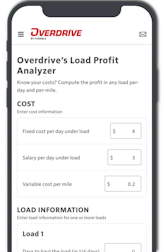
So how did drivers like Harjinder Singh at one point demonstrate “legal presence” in the country only to be found illegal less than two years later?
“The Biden administration abused its parole authority to create an industrial-scale catch-and-release scheme, letting in unvetted illegal aliens including known suspected terrorists, gang members and other criminals; and the Trump administration is correcting that,” a DHS spokesperson told Overdrive.
During the Biden administration, people who crossed the U.S.’s southern border could surrender to Border Patrol and claim asylum. Others who crossed the southern border undetected weren’t “inspected” by authorities at the border, and therefore wouldn’t have undergone background checks like a visa applicant would.
DHS now “correcting” that takes the form of terminating parole for “nearly 500,000 illegal aliens,” the DHS spokesperson added.
"Parole allows an individual, who may be inadmissible or otherwise ineligible for admission into the United States, to be paroled into the United States for a temporary period," according to U.S. Citizenship and Immigration Services (USCIS, part of DHS). That parole is based on the executive branch's discretion and typically based on "urgent humanitarian reasons or a significant public benefit" for allowing entry.
On Trump's first day in office he suspended the U.S. Refugee Admissions Program. In June, the Trump administration ended a program that granted some 500,000 Cubans, Haitians, Nicaraguans and Venezuelans "parole" into the U.S.
In the case of Haiti, the U.S. cited a devastating 2021 earthquake as reason for granting many of its citizens parole under Biden in 2023.
The short answer to the question, "How do illegal aliens get CDLs?", then, is that they most likely weren’t considered “illegal” when they got the CDL. Garden variety DMV corruption (with recent examples in Florida and New York) or plain old mistakes (as in Washington) might lead to wrongly issued CDLs for people in the country illegally. But to some extent a foreign citizen is illegally in the country if the president says so. President Biden permitted types of entry and stays in the country that President Trump now does not.
Going forward, DHS intends to make sure border crossings only happen under its supervision.
“We conduct thorough screening and vetting for any individual encountered at our borders to identify threats to public safety and national security,” the spokesperson said. “While DHS does not directly coordinate with state transportation agencies in vetting CDL applicants, we will use every tool and resource available to protect the homeland, prevent terrorism, and keep our roads safe. The safety of Americans comes first.”
DHS has, in the past, tied CDLs for “illegal aliens” to the practices of sanctuary states, but the California DMV told Overdrive that it queried the USCIS Service's Systematic Alien Verification for Entitlements (SAVE) database when issuing Singh's CDL and that it followed all federal regulations. The CDL issued to Anmol "No Name Given" by New York, during the current Trump administration, also met all federal regulations at the time, according to New York DMV.
The SAVE database verifies a "license applicant’s immigration status or U.S. citizenship, including naturalized, acquired, and U.S.-born citizenship, for user agencies within seconds," according to USCIS.
DHS in its recent statement to Overdrive acknowledged that many states use SAVE to “help identify illegal aliens before granting them benefits like a driver’s license.”
California and DHS’s accounts of that state's licensing practices contradict each other, but DOT in its recent emergency rulemaking that seeks to revoke CDLs from nearly 200,000 non-citizen drivers, said the state had mishandled 25% of non-domiciled CDLs.
Overdrive’s reporting on non-domiciled CDL issuance showed the practice was more widespread than traditionally understood. Forty-three states issue non-domiciled CDLs, and almost every single one reported a large increase in issuance numbers over the last four-five years.
For the full report on 50 states' non-domiciled CDL practices, fill out the form below.



